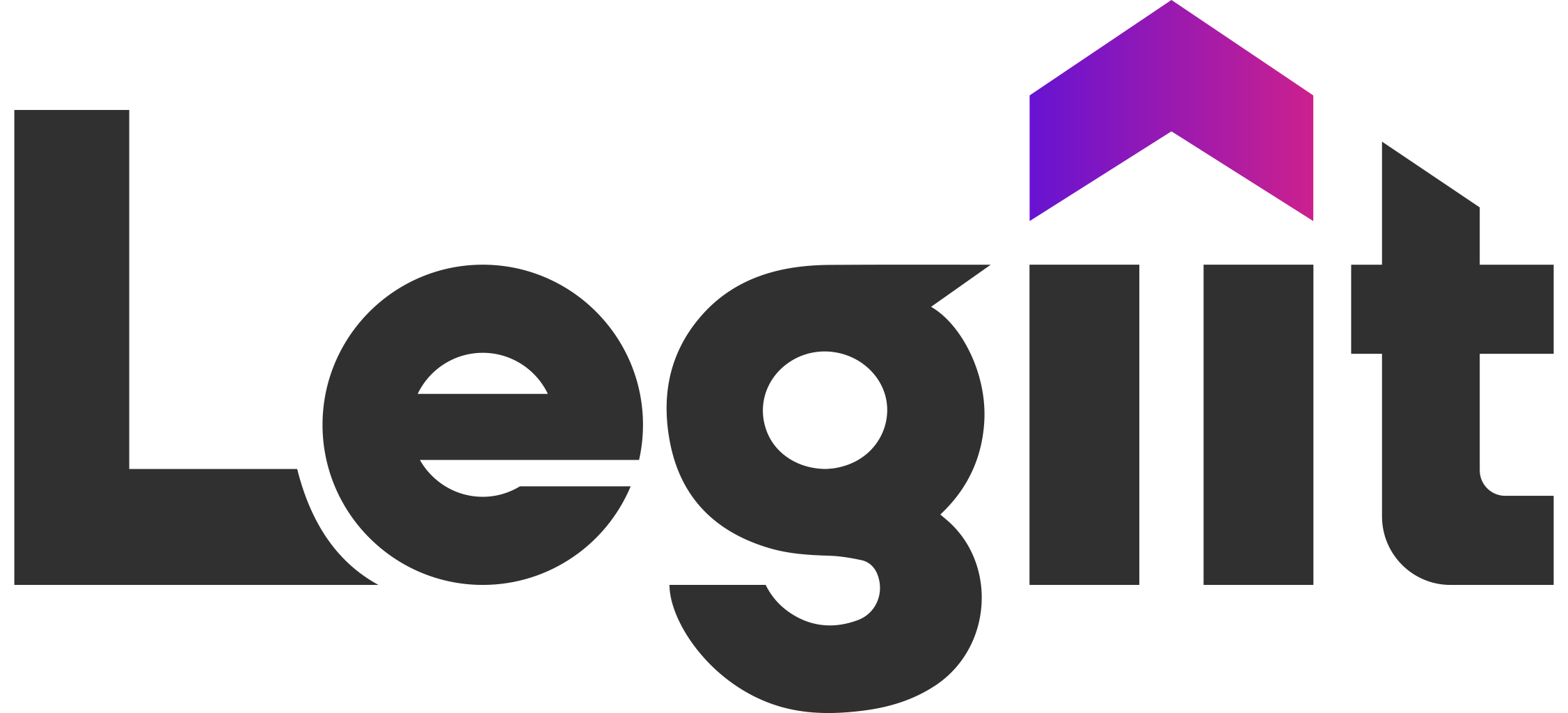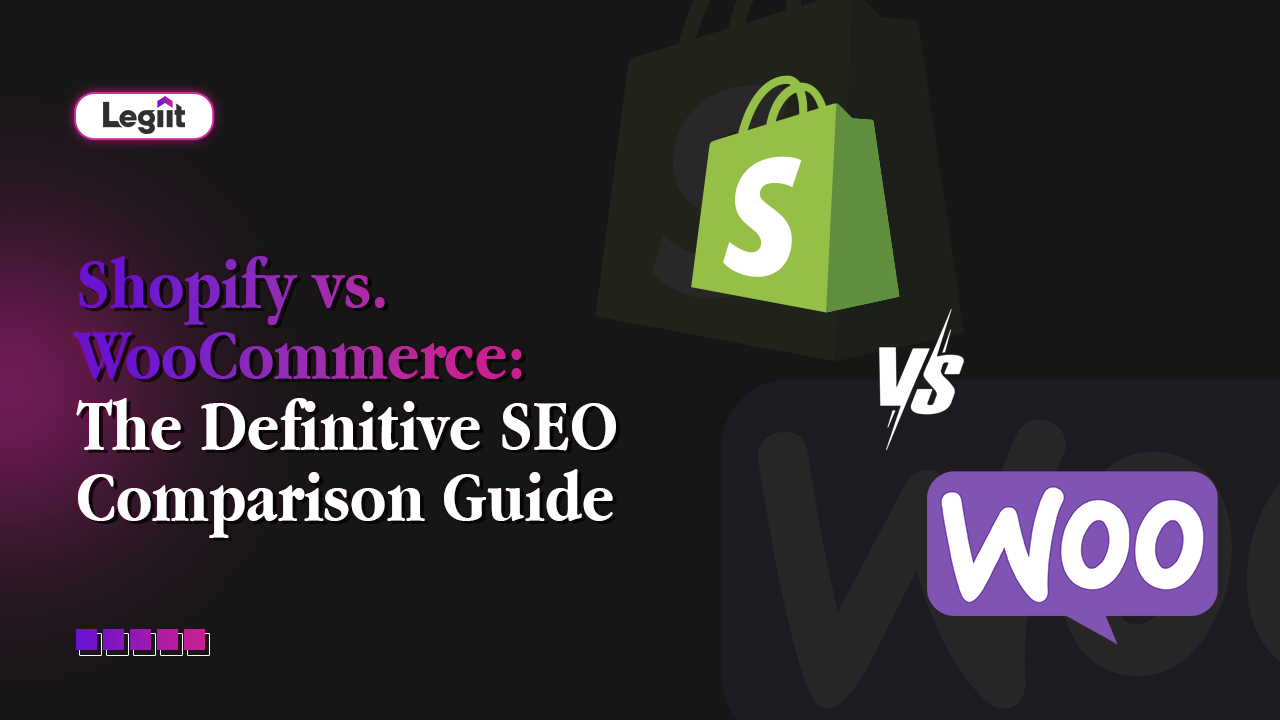Building an attractive e-commerce website or a strong marketing campaign is only as good as the amount of people converted. If your website or campaign is failing to convert users into customers despite being heavily funded or well-organized, there are signs of concerns that should not be taken lightly.
If you’re struggling with the same problem, don’t worry, we got you. In this blog, we will discuss the influence of website structure on conversion rates and how a well-organized website can improve conversion.
Importance of a Well-Organized Website Structure
A well-organized website structure has multiple benefits, such as;
1. Easy-to-Find Content
A well-structured website is crucial for providing an excellent user experience and achieving business goals. It simplifies navigation, making it easy for visitors to find what they need.
2. Search Engines Crawl Better
A structured website layout significantly boosts search engine optimization, which enables search engines to crawl better and display your website on top. As a result, your website's visibility improves, bringing in organic traffic.
3. Increased Conversion Rates
A well-organized website structure makes it easier for visitors to find what they're looking for and greatly enhances your site's visibility on search engines. Moreover, not only does a well-structured website look professional, but it also smoothly guides users toward taking action, which boosts the conversion rate.
How to Best To Organize My Website
Here is how you can organize your website;
Understand Your Audience
If you don’t understand your audience, you won’t be able to retain them. Understanding audience demographics and needs will help you design content and website functionality that resonates with them.
Define Your Site’s Purpose
Clearly define the purpose and goals of your website from the outset. Is it an e-commerce platform, a portfolio showcase, an informational resource, or a combination? Understanding your site's purpose will help you prioritize features, structure content effectively, and align the user experience with your objectives.
Create a Logical Hierarchy
Organizing your website's content in a logical hierarchy is essential for user experience. Without well-defined sections and subsections, users will struggle to navigate the site and ultimately exit it, therefore;
- Use descriptive and concise labels for navigation menus
- Include breadcrumbs to help users understand their current location
Simplify Navigation
Make your menus simple so users don’t find it difficult to move from one page to another. Consistent layouts help users easily find the information they want and add a search option so people can find things quickly.
Use SEO
SEO has become a crucial element in making your site more visible and accessible to the target audience. Good SEO not only ranks your website higher but also helps direct potential customers to your website. Make sure you implement the following SEO practices including;
- Keyword research
- Optimized content
- Meta tags
- Alt text for images
Test and Get Feedback
One excellent way to tell whether your website layout is working is to conduct user testing sessions to observe how users interact with your website. This can provide you with actionable insight into areas for improvement. For best results, it is recommended to;
- Utilize analytics tools to track user behavior and optimize the user journey.
- Encourage and seek feedback from your audience through surveys or feedback forms
How a Well-organized Website Structure Affects Conversion Rate
Here is how a well-organized website structure helps improve conversion rates;
Users Remain Engaged
A well-organized website structure is crucial for conversion optimization as it directly impacts user engagement. When visitors can easily find the information they need and navigate seamlessly through the site, they are more likely to remain engaged and continue their user journey. This increased engagement translates into higher chances of converting visitors into customers, ultimately boosting the sales funnel.
Users Find it Easy to Navigate Website.
When visitors struggle to find what they're looking for, they are more likely to abandon the site, affecting the sales funnel. A well-organized website structure facilitates easy navigation, ensuring that users can effortlessly move between pages and content. This streamlined user journey reduces friction, keeps visitors engaged, and increases the possibility of conversion.
Users Can Seamlessly Access Website Across Different Platforms
With the rise of mobile devices and different platforms, a well-organized website structure has become increasingly crucial in ensuring compatibility across these platforms. This plays a huge role in determining conversion rates, as visitors are more likely to convert when they can easily access and navigate the website regardless of their device.
Users Experience Faster Load Times
Prioritizing website performance through a well-organized structure can directly contribute to higher conversion rates. Slow-loading pages not only lead to frustration but also hinder the sales funnel. By optimizing the website structure, businesses can;
- Minimize server requests
- Reduce file sizes
- Ensure efficient content delivery.
This helps improve the overall user experience and increases the chances of visitors converting.
8 Strategies for Higher Conversions
Whether you are running an online store or a dynamic online marketing campaign, you are interested in ROI, and fairly so because hosting and other expenses are not cheap. Well, here are 8 strategies you can use to tip the sales funnel in your favor and increase conversions;
1. A/B Testing for content optimization
A/B testing is a powerful conversion optimization technique that involves creating variations of web pages or elements and comparing their performance. Businesses can identify which variations resonate better with their audience and drive higher conversions by testing out different versions of content, such as;
- Headlines
- Copy
- Images
- Layouts
A/B testing provides data-driven insights into what elements effectively engage visitors and move them through the user journey and sales funnel. This allows companies to continuously refine and optimize their content, ultimately leading to increased conversion rates.
2. Strategically place CTAs
The strategic placement of Calls-to-Action (CTAs) is one of the most relied-upon strategies for conversion optimization. If users do not know where to make the purchase or find your website hard to navigate, they will leave right away. To keep users engaged, CTAs serve as signposts, allowing users to understand the website layout and explore different elements. They guide potential customers through the sales funnel, easing their process of making a purchase.
Businesses can significantly increase their chances of converting visitors into customers by placing CTAs strategically where users pay the most attention, such as at the end of an informative blog post or within a compelling product description.
3. Adding Credible Testimonials
Users do not want to spend their money on something that they are not sure will work or not. Therefore, in order to convert them, you have to prove to them that it actually works. What better way than testimonials? They act as social proof, significantly influencing the user's journey towards making a purchase. When potential customers see real stories and endorsements from satisfied customers, their trust in the product or service increases. This trust eventually leads them through the sales funnel, moving them from interest to decision more effectively.
4. Integrating Interactive Content to Boost Engagement
In this age of cut-throat competition, users are not interested in bland blogs or boring images. They want something more. Here is where the next strategy comes. Integrating interactive content is a dynamic strategy in conversion optimization, which involves customers to engage with content and enhancing their user journey. Be it through quizzes, polls, interactive infographics, or calculators, interactive elements can significantly increase the time users spend with a brand.
This deeper engagement is crucial within the sales funnel, as it helps educate the user about the product or service in a memorable way. Moreover, interactive content not only aids in keeping the audience interested but also provides valuable insights into their preferences.
5. Strategic Use of Headings and Subheadings
Well-structured content with clear headings and subheadings enhances the user journey by making information more scannable and digestible. This organization helps visitors quickly identify relevant sections and navigate to their areas of interest.
6. Bulleted and Numbered Lists
Bulleted and numbered lists are effective formatting tools that significantly impact conversion optimization by breaking down complex information into easily consumable chunks. By presenting key points or steps in a concise and organized manner, businesses can make use of these formatting tools to shape the user journey, reduce cognitive load, and increase engagement.
7. Guide User Journey
By understanding and mapping out each step of the user journey, websites can tailor their navigation to more effectively lead visitors through the sales funnel. Though not as easy as it sounds, this strategy involves identifying key touchpoints where users make crucial decisions and ensuring that each is tailored to lead to the next step until conversion.
8. Consistent Style and Tone
Maintaining a consistent style and tone across all website content and communications is a subtle yet powerful strategy for conversion optimization. As users go from one page to another, familiarity in tone and style plays a huge role in affecting their decision to purchase. It creates a sense of credibility and comfort that encourages them to progress deeper into the sales funnel.
This consistency should be reflected not just in the website’s visual design but also in its;
- Blog posts
- Email campaigns
- Product descriptions
- Customer service interactions
Conclusion
Creating a well-organized website structure isn’t the only requirement for success. For improved conversion rates and business growth, organizations must optimize navigation, content organization, and other crucial elements. By doing so, businesses not only enhance the overall user experience but also guide visitors through the sales funnel to improve conversion rate.








 Up & Coming Talent
Up & Coming Talent




 Download
Download